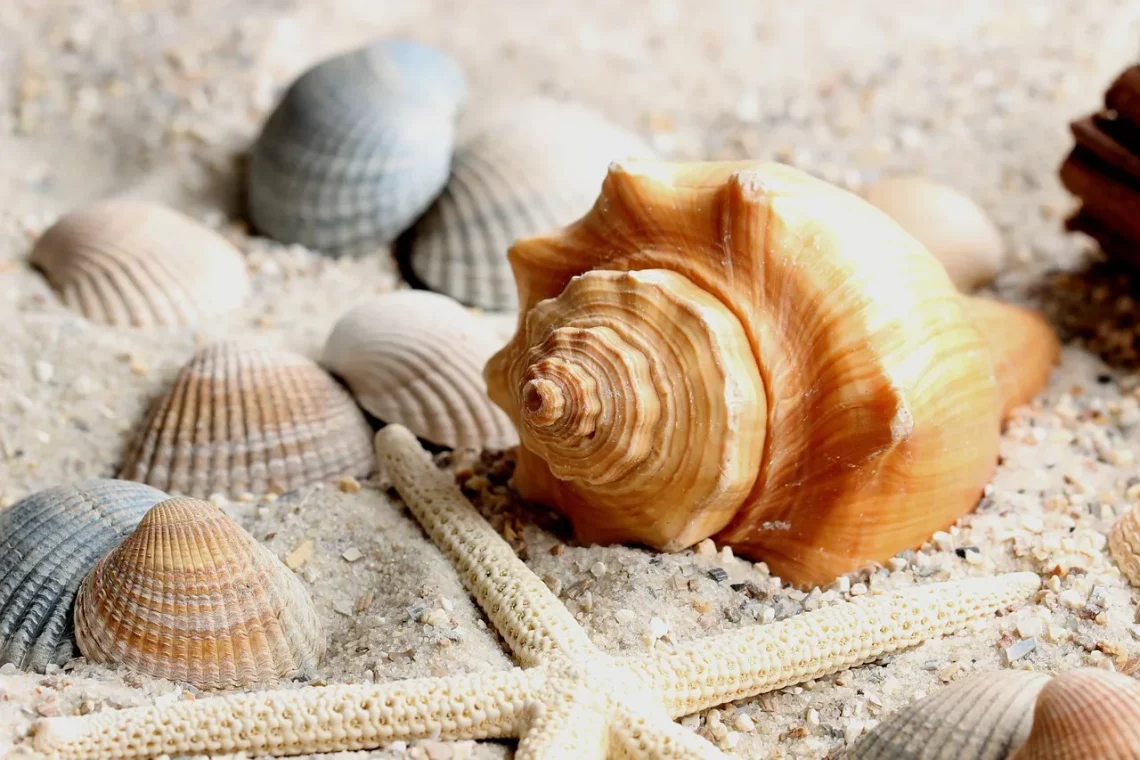
Exploring the Fascinating Starfish Sex Pose and Its Significance
Starfish, often recognized for their unique and mesmerizing forms, inhabit the ocean’s depths in a variety of colors and sizes. These remarkable creatures, belonging to the class Asteroidea, have long fascinated marine biologists and nature enthusiasts alike. Their intricate anatomy and fascinating behaviors provide a glimpse into the complexity of life beneath the waves. Among the myriad of intriguing aspects related to starfish, one particularly captivating subject is their reproductive methods and mating rituals.
As we dive into the world of starfish, it becomes evident that these creatures possess a surprising array of adaptations and strategies that allow them to thrive in diverse marine environments. With their ability to regenerate lost limbs and their unique mode of feeding, starfish are not just passive inhabitants of the sea floor; they are active participants in their ecosystems. Understanding their reproductive behavior, including the so-called “starfish sex pose,” reveals the broader implications of their life cycle and survival strategies.
In this exploration, we will uncover the biology of starfish reproduction, examine the significance of their mating rituals, and consider how these behaviors impact their role in marine ecosystems. The interconnectedness of life in our oceans is a reminder of the delicate balance that sustains biodiversity, and the starfish’s reproductive strategies are a vital part of this complex web.
The Biology of Starfish Reproduction
Starfish have a fascinating reproductive system that showcases the diversity of life in the ocean. Most starfish species are dioecious, meaning that they possess separate male and female individuals. Mating typically occurs during specific seasons when environmental conditions are favorable for reproduction.
During the mating process, male starfish release sperm into the water, while females simultaneously release eggs. This external fertilization method is crucial, as it allows for a greater chance of fertilization in the vast ocean environment. Interestingly, some species of starfish can also reproduce asexually through a process known as fragmentation. This occurs when a starfish loses a limb, and that limb can regenerate into a new individual, a remarkable survival strategy that ensures their population continues to thrive even in challenging conditions.
The fertilized eggs develop into free-swimming larvae known as bipinnaria, which eventually settle on the ocean floor and metamorphose into adult starfish. This complex life cycle, encompassing both sexual and asexual reproduction, highlights the adaptability and resilience of starfish in their natural habitats.
Understanding the biology of starfish reproduction not only sheds light on their unique life cycles but also emphasizes the importance of preserving their habitats. As keystone species, starfish play a critical role in maintaining the balance of marine ecosystems. Their reproductive success is directly linked to the health of coral reefs and other marine environments, making it imperative to consider their conservation in the face of climate change and human activities.
Mating Rituals and Behaviors
The mating rituals of starfish are as diverse and intriguing as the species themselves. While starfish are primarily known for their external fertilization, their courtship behaviors can be quite elaborate. Some species engage in physical displays to attract mates, which can involve intricate movements and positioning in the water column.
In many cases, males will seek out females by following chemical cues released into the water. Once a male finds a female, he may grasp her with his tube feet, initiating a mating embrace that can last several hours. During this time, both individuals position themselves to maximize the chance of successful fertilization.
The so-called “starfish sex pose” typically involves the two starfish aligning their bodies in a specific orientation that facilitates the release of eggs and sperm. This unique position ensures that the gametes are released in close proximity to one another, increasing the likelihood of fertilization.
These behaviors are not just instinctual; they are also shaped by environmental factors. Temperature, salinity, and the availability of food can all influence the timing and success of mating. As a result, starfish exhibit a remarkable degree of adaptability in their reproductive strategies, responding to the ever-changing conditions of their marine environments.
Understanding these mating rituals provides valuable insights into the complexities of starfish behavior and ecology. It underscores the importance of recognizing the delicate balance of marine ecosystems and the need for conservation efforts aimed at protecting these fascinating creatures and their habitats.
Significance of Starfish in Marine Ecosystems
Starfish play a crucial role in maintaining the health and balance of marine ecosystems. As predators, they help control the populations of various species, particularly bivalves like clams and mussels. By regulating these populations, starfish contribute to the overall biodiversity of their habitats and ensure that resources are available for other marine organisms.
Moreover, starfish are considered keystone species, meaning their presence has a disproportionate effect on the structure of the ecosystem. For example, in areas where starfish populations decline, there can be significant increases in the populations of their prey, leading to overgrazing and depletion of resources. This chain reaction can have catastrophic effects on coral reefs and other marine habitats, highlighting the importance of conserving starfish populations.
In addition to their ecological roles, starfish also hold cultural and economic significance. They are often featured in marine tourism and education, attracting visitors who wish to learn more about ocean life. Furthermore, their unique anatomy and regenerative abilities have piqued the interest of researchers, leading to studies that could have implications for human medicine and biotechnology.
As we continue to explore the fascinating world of starfish, it becomes clear that these creatures are not just remarkable for their reproductive behaviors but also for their critical contributions to marine ecosystems. Protecting their habitats and ensuring the health of their populations is essential for the sustainability of our oceans.
Conservation Challenges Facing Starfish
Despite their importance in marine ecosystems, starfish populations face numerous threats that jeopardize their survival. Climate change, ocean acidification, pollution, and habitat destruction are among the most pressing issues impacting these creatures.
Rising ocean temperatures can lead to mass bleaching events and the decline of coral reefs, which serve as vital habitats for many starfish species. Additionally, ocean acidification affects the availability of calcium carbonate, essential for the growth and maintenance of starfish shells and skeletons. These environmental changes not only threaten the starfish themselves but also the broader marine ecosystems that depend on them.
Pollution, particularly from plastics and chemicals, poses another significant risk. Starfish can be adversely affected by toxins that enter their environments, impacting their health and reproductive success. Moreover, habitat destruction due to coastal development and overfishing further exacerbates the challenges faced by starfish populations.
Conservation efforts are crucial to mitigate these threats and protect starfish and their habitats. Establishing marine protected areas, reducing pollution, and promoting sustainable fishing practices are essential steps in ensuring the survival of these remarkable creatures. Public awareness and education about the importance of marine conservation can also contribute to the preservation of starfish populations and the ecosystems they inhabit.
In conclusion, the fascinating world of starfish extends far beyond their reproductive behaviors. Their significance in marine ecosystems, combined with the challenges they face, underscores the need for ongoing research and conservation efforts. By understanding and protecting these remarkable creatures, we can help maintain the delicate balance of life in our oceans.
**Disclaimer:** This article is for informational purposes only and does not constitute medical advice. Always consult with a healthcare professional for any health-related concerns.




